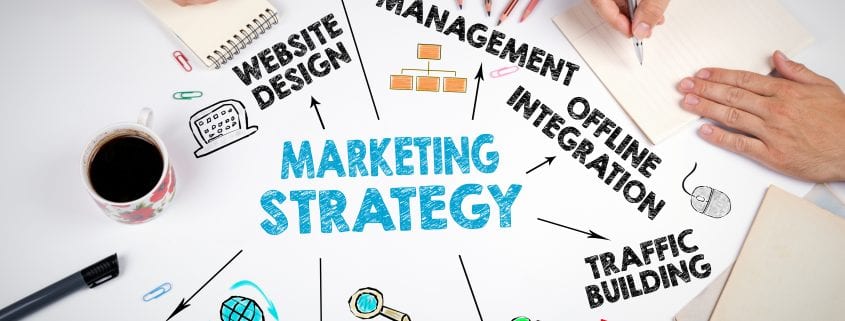
Video Marketing Ideas: Using Storytelling In Social Media
Storytelling is one of the most important aspects when it comes of successfully conveying your message to your audience and giving them an idea of who your brand is and what you stand for. While storytelling is something that can be done via all types of content across all platforms, it’s particularly effective in video content on social media. However, coming up with different video marketing ideas that help strengthen your brand’s storytelling can be challenging. The following are a few video marketing ideas that you may want to implement on your social media channels to aid your storytelling efforts:
1. Film Your Customers’ Stories
Telling the stories of your customers is an easy way to get viewers to relate on a more personal level to your brand. When you film the story of your customer, they become the main character, which allows you to demonstrate through their story how you were able to provide a solution to their problems or needs.
2. Tell Personal Stories
Tell your brand’s story by showcasing how your company came to be. For example, you can focus on your owner as the main character and show how they started the business. This is a great way to put a face behind your brand and to make your company more relatable to your audience.
3. Create Fictional Stories
In addition to using the stories of your customers, make up some of your stories. Fictional stories often give you the opportunity to add humor and excitement that real stories don’t always have. For example, you could make the main character a superhero but keep the problem or need the same. If you’re selling a carpet stain removal product, it might be humorous to show a superhero having trouble removing a carpet stain even though you just showed them having no issue at all taking down a bad guy. Just make sure the message is clear and that you end with a strong call-to-action.
4. Film Documentary-Style Videos
Documentary videos give audiences a look into the process behind your company, whether it’s showing the process of working with a client or showing what a typical day at the office is like. It’s a good way to showcase how hard your company is working to help your customers.
5. Provide Behind-The-Scenes Videos
Behind-the-scenes videos give audiences a glimpse into what it’s like to work for your company and into what you and your company are trying to achieve. These types of videos make your brand feel more human as opposed to just being a faceless corporate entity.
6. Perform Product Walkthroughs
Showing how a product works will be a lot more engaging if you film it in the form of a story. You can do this by establishing a character, showing what their problem is, demonstrating how to use your product or service, and, finally, revealing the result.
Storytelling is an essential part of marketing your brand effectively, and there are few better ways to do it than through video marketing. Use some of these video marketing ideas to enhance your storytelling abilities on social media.


















 The following is a more thorough breakdown of demand generation vs. lead generation:
The following is a more thorough breakdown of demand generation vs. lead generation:



